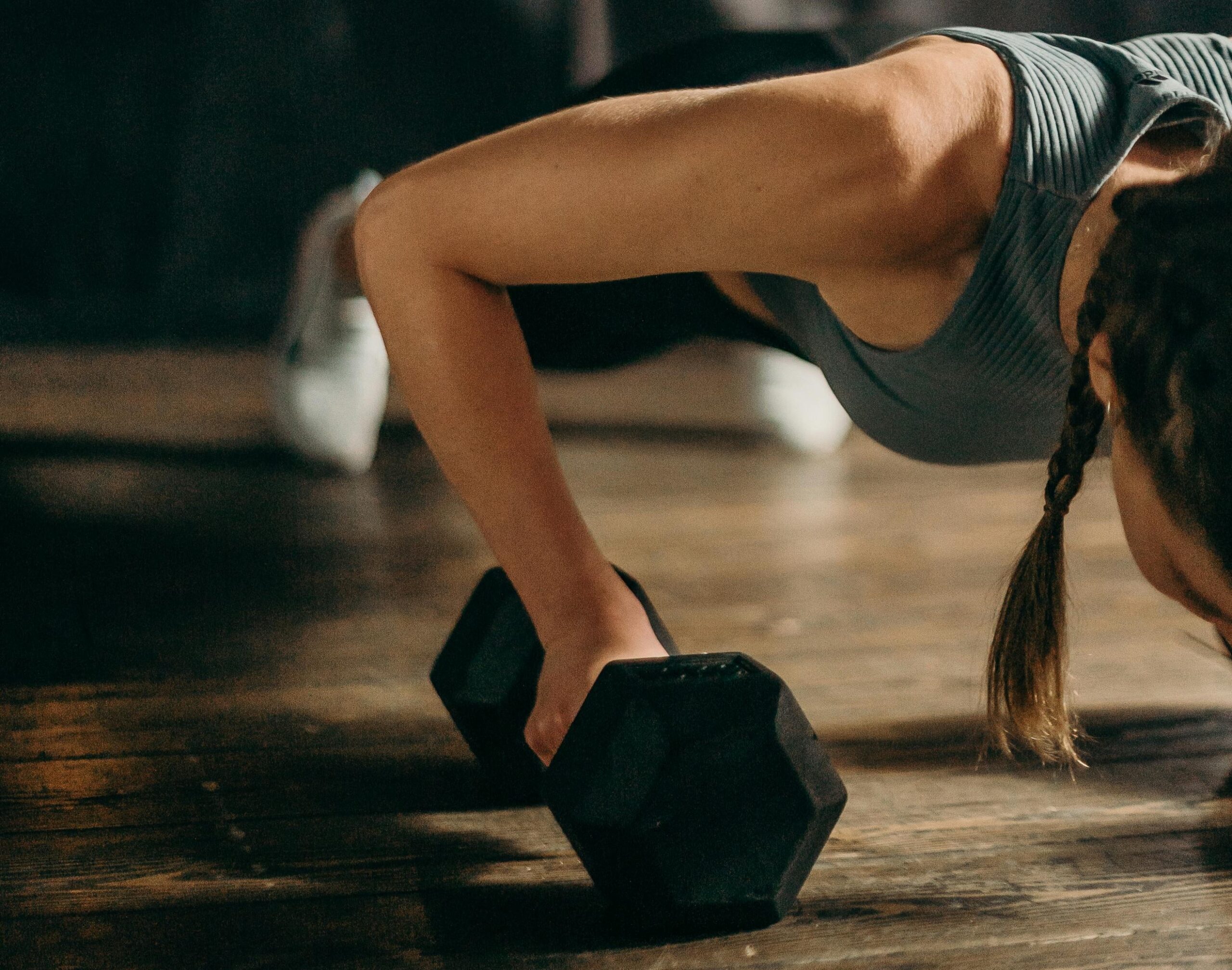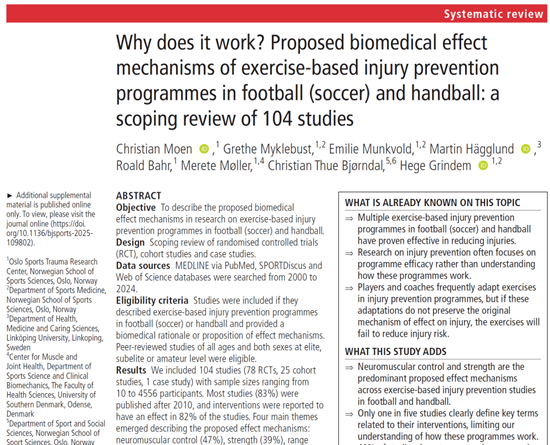Why Strong Athletes Stay Healthy
Here’s a truth that might surprise you: the strongest athletes in any sport typically have the lowest injury rates. This isn’t coincidence – it’s biology. Strength training doesn’t just make you more powerful; it’s the most comprehensive injury prevention strategy available.
When we talk about strength for injury prevention, we’re not just talking about lifting heavy weights. We’re talking about developing the capacity to produce force when your body needs it most – during that split-second when you’re off-balance, when you’re fatigued, or when you’re pushing beyond your normal limits.
The Science of Tissue Tolerance
Every injury essentially comes down to one thing: the demands placed on your tissues exceeded their capacity to handle those demands. Strength training systematically raises that capacity. Your muscles get stronger, your tendons become more robust, your bones increase in density, and your joints develop better stability.
But here’s where most people get it wrong – they think strength training is just about the big muscles. The real magic happens in the small stabilizing muscles, the deep core system, and the intricate network of muscles that control joint positioning. When these systems are strong and coordinated, they prevent the small breakdowns that lead to big injuries.
Building Anti-Fragility
I like to think of strength training as building “anti-fragility” – the ability to not just withstand stress, but to actually get stronger from it. Every rep you perform is teaching your body to handle force more efficiently. Every progressive overload session is expanding your body’s capacity to deal with unexpected demands.
The research is crystal clear: athletes who consistently strength train have 60-70% fewer injuries than those who don’t. They recover faster when they do get injured, and they maintain better performance as they age. That’s not just correlation – that’s your body adapting to become more resilient.
The Movement Quality Connection
Strong muscles move better. When your glutes are powerful, your knees track properly. When your core is solid, your spine stays in good alignment. When your shoulders are stable, your arms can move freely without compensation. Strength training doesn’t just prevent injury by making you stronger – it prevents injury by making you move better under fatigue and stress.
Strength Training Priority Matrix:
| Body Region | Injury Prevention Priority | Key Exercises | Training Frequency |
|---|---|---|---|
| Glutes/Hips | Critical (knee protection) | Squats, deadlifts, lateral moves | 3x/week |
| Core | Critical (spine stability) | Anti-rotation, anti-extension | 4x/week |
| Posterior chain | High (hamstring/back) | RDLs, Nordic curls | 2x/week |
| Shoulders | High (overhead athletes) | Rows, external rotation | 3x/week |
Strength Training FAQs:
Q: How much strength is enough for injury prevention? A: You should be able to single-leg squat to 90 degrees, deadlift 1.5x bodyweight, and hold a plank for 2 minutes as baseline markers.
Q: Is bodyweight training sufficient? A: For beginners, yes. Advanced athletes need external load to continue building tissue tolerance beyond bodyweight demands.
Q: How do I balance strength training with sport practice? A: Prioritize strength during off-season, maintain with 2x/week in-season, focus on movement quality over max loads during competition periods.





0 Comments